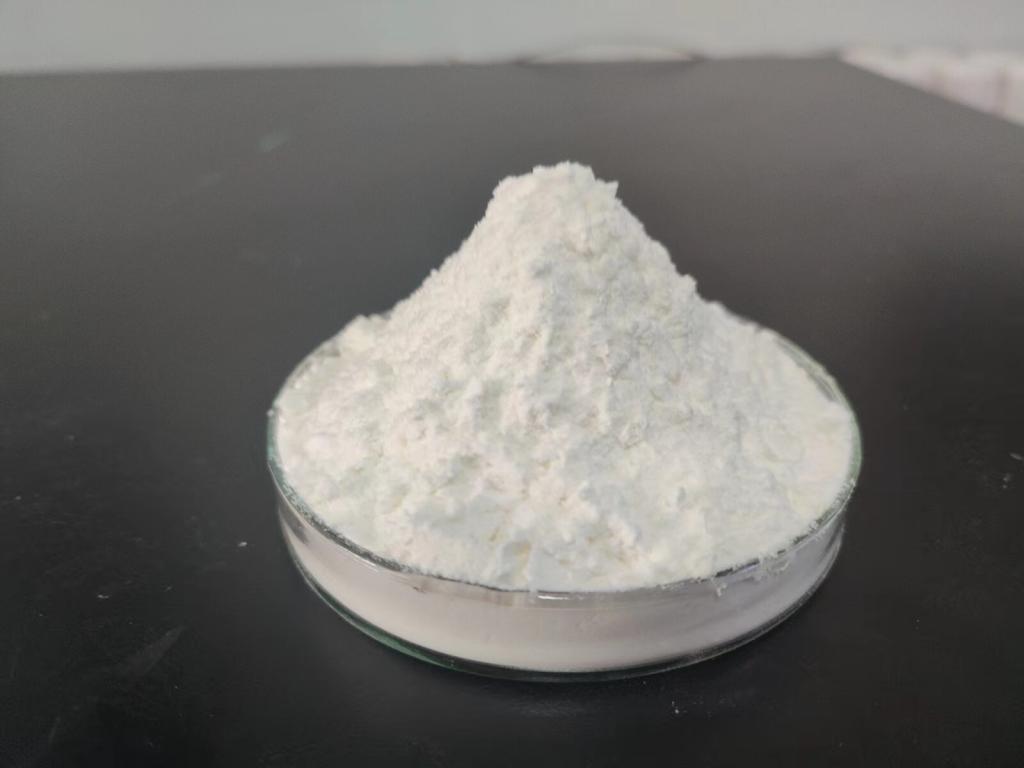Tel:+8618231198596

News
 CONTACT
CONTACT
 CONTACT
CONTACT
- Linkman:Linda Yao
- Tel: +8618231198596
- Email:linda.yao@dcpharma.cn
- Linkman:CHARLES.WANG
- Department:Overseas
- Tel: 0086 0311-85537378 0086 0311-85539701
News
ε-Polylysine Hydrochloride: A Potential Ally in the Battle Against Multidrug-Resistant Pathogens
TIME:2024-02-23
The Rise of Multidrug Resistance
1. Evolution of Drug-Resistant Strains
The widespread use and misuse of antibiotics have accelerated the evolution of drug-resistant strains of bacteria, rendering many traditional antibiotics ineffective. Multidrug resistance, where bacteria exhibit resistance to multiple classes of antimicrobial agents, complicates the treatment of bacterial infections.
2. Global Health Threat
Multidrug-resistant pathogens are implicated in a range of infections, from common urinary tract infections to more severe conditions like pneumonia and sepsis. The rise of these resistant strains jeopardizes the successful treatment of bacterial infections, leading to increased morbidity and mortality rates.
Understanding ε-Polylysine Hydrochloride
1. Natural Origin
ε-Polylysine is a naturally occurring antimicrobial peptide derived from fermentation processes using Streptomyces albulus. The hydrochloride form of ε-Polylysine is water-soluble and exhibits broad-spectrum antimicrobial activity against bacteria, fungi, and other microorganisms.
2. Unique Structure
The unique structure of ε-Polylysine, characterized by multiple lysine residues, contributes to its antimicrobial properties. Its cationic nature allows it to interact with negatively charged microbial cell membranes, disrupting their integrity and leading to cell death.
Mechanism of Action
1. Disruption of Cell Membranes
ε-Polylysine hydrochloride exerts its antimicrobial effects by electrostatically binding to microbial cell membranes. This interaction disrupts the membrane structure, causing leakage of cellular contents and eventual cell death. This targeted mechanism reduces the likelihood of developing resistance.
2. Broad-Spectrum Activity
One of the notable features of ε-Polylysine hydrochloride is its ability to act against a wide range of microorganisms, including Gram-positive and Gram-negative bacteria, as well as fungi. This broad-spectrum activity makes it a versatile tool in combating multidrug-resistant pathogens.
ε-Polylysine Hydrochloride in Action
1. Antibacterial Properties
Research has demonstrated the effectiveness of ε-Polylysine hydrochloride against various bacterial strains, including those resistant to conventional antibiotics. Its ability to disrupt bacterial membranes provides a potential solution for infections caused by multidrug-resistant bacteria.
2. Antifungal Activity
In addition to its antibacterial properties, ε-Polylysine hydrochloride exhibits antifungal activity. This makes it a promising candidate for addressing infections caused by drug-resistant fungi, offering a broader spectrum of action compared to some traditional antifungal agents.
3. Synergy with Existing Antibiotics
Studies have explored the synergistic effects of combining ε-Polylysine hydrochloride with existing antibiotics. This approach aims to enhance the efficacy of conventional antibiotics and potentially reduce the development of resistance.
Challenges and Considerations
1. Dosage Optimization
Optimizing the dosage of ε-Polylysine hydrochloride for different pathogens and infection types is a crucial consideration. Understanding the optimal concentration that balances efficacy with safety is essential for its successful clinical application.
2. Biocompatibility
Ensuring the biocompatibility of ε-Polylysine hydrochloride is vital for its use in therapeutic applications. Studies focused on assessing its impact on mammalian cells and tissues contribute to a comprehensive understanding of its safety profile.
3. Resistance Development
While ε-Polylysine's mechanism of action reduces the likelihood of microbial resistance, continuous monitoring is essential. Research exploring the potential for resistance development and ways to mitigate this risk is an ongoing area of investigation.
Clinical Applications and Future Directions
1. Topical Antimicrobial Agents
The application of ε-Polylysine hydrochloride in topical antimicrobial agents shows promise for treating skin infections caused by multidrug-resistant bacteria. Its ability to disrupt bacterial membranes provides an advantage in targeting localized infections.
2. Medical Device Coatings
Coating medical devices with ε-Polylysine hydrochloride represents an innovative approach to prevent device-related infections. The broad-spectrum activity of ε-Polylysine contributes to reducing the risk of bacterial colonization on implanted devices.
3. Combating Biofilm Formation
Multidrug-resistant bacteria often form biofilms, making infections challenging to treat. ε-Polylysine hydrochloride has shown efficacy in disrupting biofilm structures, offering a potential strategy for combating persistent infections.
4. Future Research Directions
Continued research into the pharmacokinetics, optimal formulations, and clinical efficacy of ε-Polylysine hydrochloride is essential. Exploring its potential in combination therapies and assessing its long-term effects will contribute to its successful integration into clinical practice.
Conclusion
ε-Polylysine hydrochloride stands as a potential ally in the ongoing battle against multidrug-resistant pathogens. Its natural origin, unique mechanism of action, and broad-spectrum activity position it as a versatile tool in addressing the challenges posed by drug-resistant microbes. As research advances and clinical applications expand, ε-Polylysine hydrochloride holds promise not only in treating infections caused by resistant strains but also in innovative preventive strategies. By embracing the potential of ε-Polylysine hydrochloride, the medical and scientific communities take a significant step toward overcoming the global threat of multidrug-resistant pathogens and ushering in a new era of effective antimicrobial therapies.
- Tel:+8618231198596
- Whatsapp:18231198596
- Chat With Skype







